What to do if terry appears on black currant
Terry black currant is one of the many diseases affecting berry bushes. In the advanced stage of the disease, the variety degenerates. The currant passes to the state of its wild-growing ancestors. For this reason, experts also call the disease the reversion of black currant. It is impossible to save infected specimens, but there is a chance to save healthy bushes nearby from the disease. The disease is viral, therefore, measures to combat terry have their own characteristics.
Reasons for the appearance of terry on currants
Terry black currant is caused by a virus that spreads through the conductive vessels of the bush and gradually affects it completely.
The causative agent of the disease is spread by a kidney mite parasitizing the culture. This pest hibernates in leaf buds, gets out of there in the spring and attacks healthy branches. The moment the tick pierces the leaf tissue, the virus enters and begins to develop.
In addition, the carriers of the terry pathogen can be:
- spider mites;
- bed bugs;
- aphid.
Sometimes infection occurs at the time of inoculation of an infected cuttings or is transmitted using a contaminated instrument.
The development of the disease takes place over a long time. Only after a few years, currants begin to lose their productivity. If the disease was originally present on young seedlings, such plants will not yield a crop.
Infection manifestations
Terry currants can get sick in any place of growth, regardless of climatic conditions.
Symptoms of the disease appear as the following:
- leaves at the tops of the shoots change their shape - they grow three-lobed, instead of having 5 teeth;
- the sheet tissue itself changes, becoming coarser and darker;
- leaf plates elongate, lose small veins;
- leaves affected by terry are devoid of the characteristic currant smell.
All these signs appear at the beginning of the growing season in spring, when new leaves begin to bloom. If you skip the diagnostics at the initial stage, changes can be noticed in the currant flowering stage.
A sick bush will stand out against the background of its fellows. The flowers blooming on it become double-petaled, the color of the buds becomes lilac or pinkish, and the brushes themselves have an elongated shape. In the future, the ovary does not form on such plants, which means that the ability to bear fruit is lost.
At an earlier stage, when the currants have not yet completely lost their ability to resist the virus, signs of damage are noticeable only at the tops of the stems. Bushes in this case will bloom at a later date and will give small berries.
In addition to black currant, varieties with red berries are also affected by terry.
The disease begins to manifest itself most fully 2–3 years after the onset of symptoms on individual branches. With the slow development of terry on one plant, it quickly passes from one bush to another, spread by pests. That is why it is important to identify the infection at the earliest stage.
What to do with an infected bush?
Terry, like most other viral diseases, cannot be cured, infected specimens must be destroyed. In no case should you use cuttings of such plants for grafting or propagation. This rule also applies to root growth.
If signs of the disease are found, you can not hesitate to uproot the bush. In the future, to prevent the appearance of terry on currants, it is necessary to fight the kidney mite on the site and take preventive measures.
Fighting kidney mites
The easiest way to identify the presence of a pest after wintering. Its location on the currant will give out swollen buds in which the tick has settled. They must be cut off. Severely affected branches are cut off completely. Waste after trimming is necessarily incinerated.
Special drugs help to fight the pest. Bushes are processed twice:
- in spring, during active migration of the tick before flowering;
- in the first half of summer.
For the purpose of prophylaxis and in case of weak infection, it is better to use biological preparations, for example, "Lepidocid" and "Bitoxibacillin", using them in strict accordance with the instructions.
If the tick population is significant, spray with stronger insecticides:
- "Akarin" applied immediately after preparation of the solution. The efficiency decreases at temperatures below +18 ° C. The consumption of the product is 2 ml per 1 liter of water.
- "Fufanon" - a drug that slows down in cold, damp weather. The efficiency is increased by using a fine atomizer. The working solution is prepared from 1 ml of the product per 1 liter of water.
- Fitoverm suitable for use during the fruiting period. Recommended for use in the evening (at dusk). To prepare a solution, 1 ml of "Fitoverma" is dissolved in 1 liter of water.
With these tools, additional processing can be carried out after harvest, when the tick begins to multiply.
Prevention measures
First of all, it is necessary to take measures to increase the immunity of the currant. This is facilitated by proper agricultural technology and complete feeding. Regular intake of phosphorus and potassium is very important for the health of the shrub.
It is desirable to apply fertilizers not only by the root method, but also in the form of spraying.
In addition to the basic elements, plants must also receive other minerals. For convenience, it is better to use a complex mineral fertilizer. Top dressing is carried out on the leaf, reducing the concentration of the solution recommended by the manufacturer by 2 times, so as not to leave burns on the leaves.
When the fruiting period is over, the currants can be supported by processing with colloidal sulfur. You should be careful with nitrogen fertilizers. A high nitrogen concentration, on the contrary, increases the vulnerability of the crop to the terry virus.
Important preventive measures include the following steps:
- using exclusively healthy planting material purchased from reliable suppliers;
- planting varieties resistant to the terry virus ("Zhelannaya", "News", "Memory Michurin");
- periodic spraying of the bush with immunostimulating compounds;
- prevention and timely destruction of garden pests;
- moderate and correct pruning (excessive shortening of branches will provoke strong growth of the shoots, which are especially vulnerable to pest attacks);
- regular cleaning of the surrounding area.
The shrub should be inspected as often as possible in order to timely identify diseased specimens and thereby protect healthy bushes from infection. Do not water the currants too abundantly, as excess moisture creates optimal conditions for the reproduction of harmful insects.
After the diseased bush has been uprooted, currants can be planted in the same place no earlier than after 5 years. It is quite possible to plant other crops on this site, since the terry virus threatens exclusively currants.
Despite the slow development, the doubleness of currants is characterized by high harmfulness due to the further loss of productivity of the shrub and the rapid infection of neighboring specimens.In order not to suffer significant damage, it is necessary to inspect the plants as often as possible and regularly carry out preventive measures.
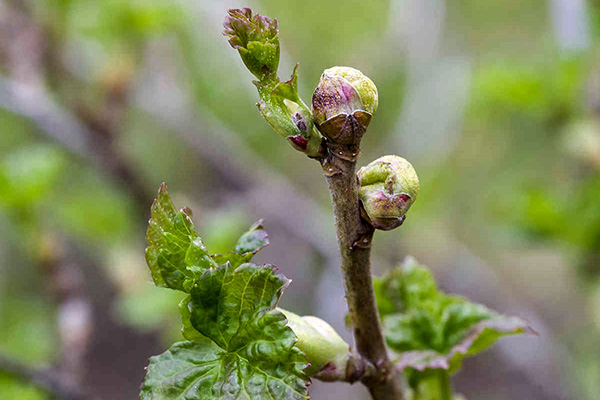
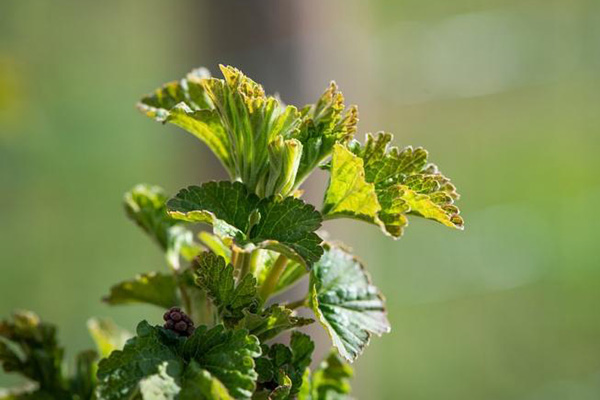
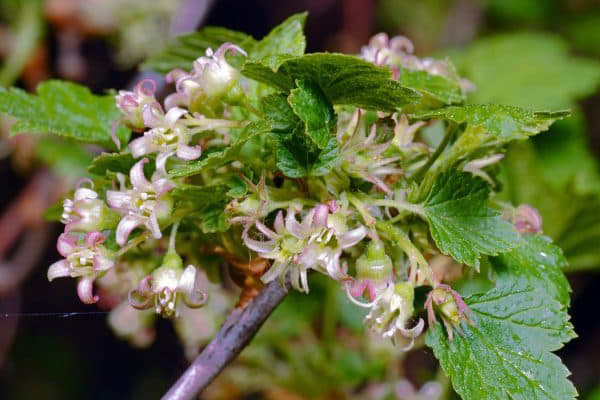

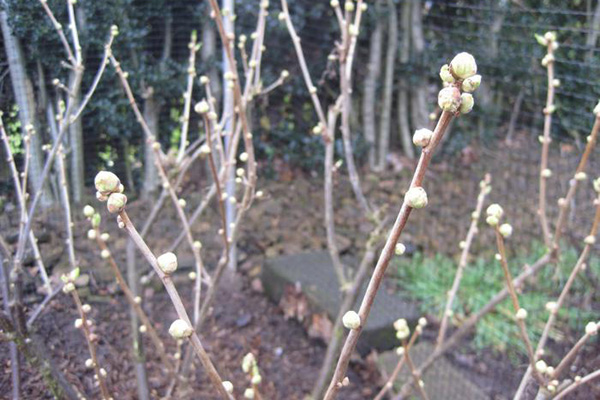
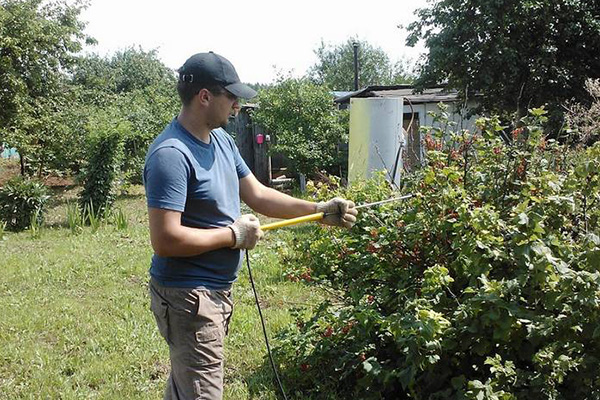
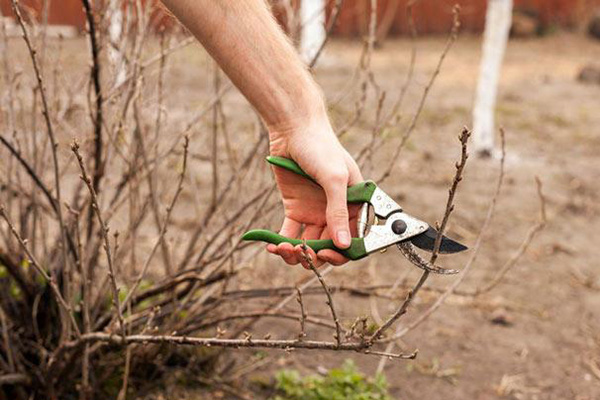
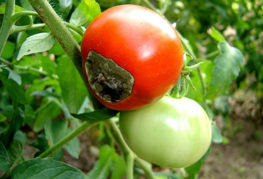
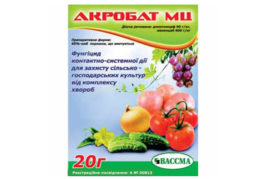
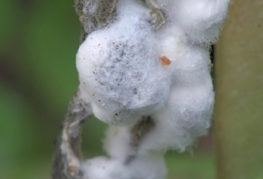
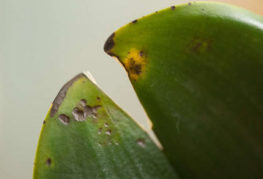
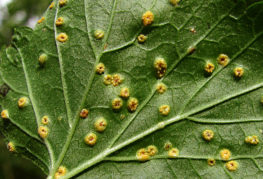
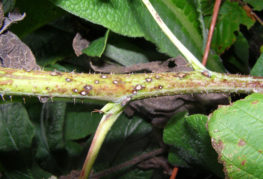
and will be published shortly.